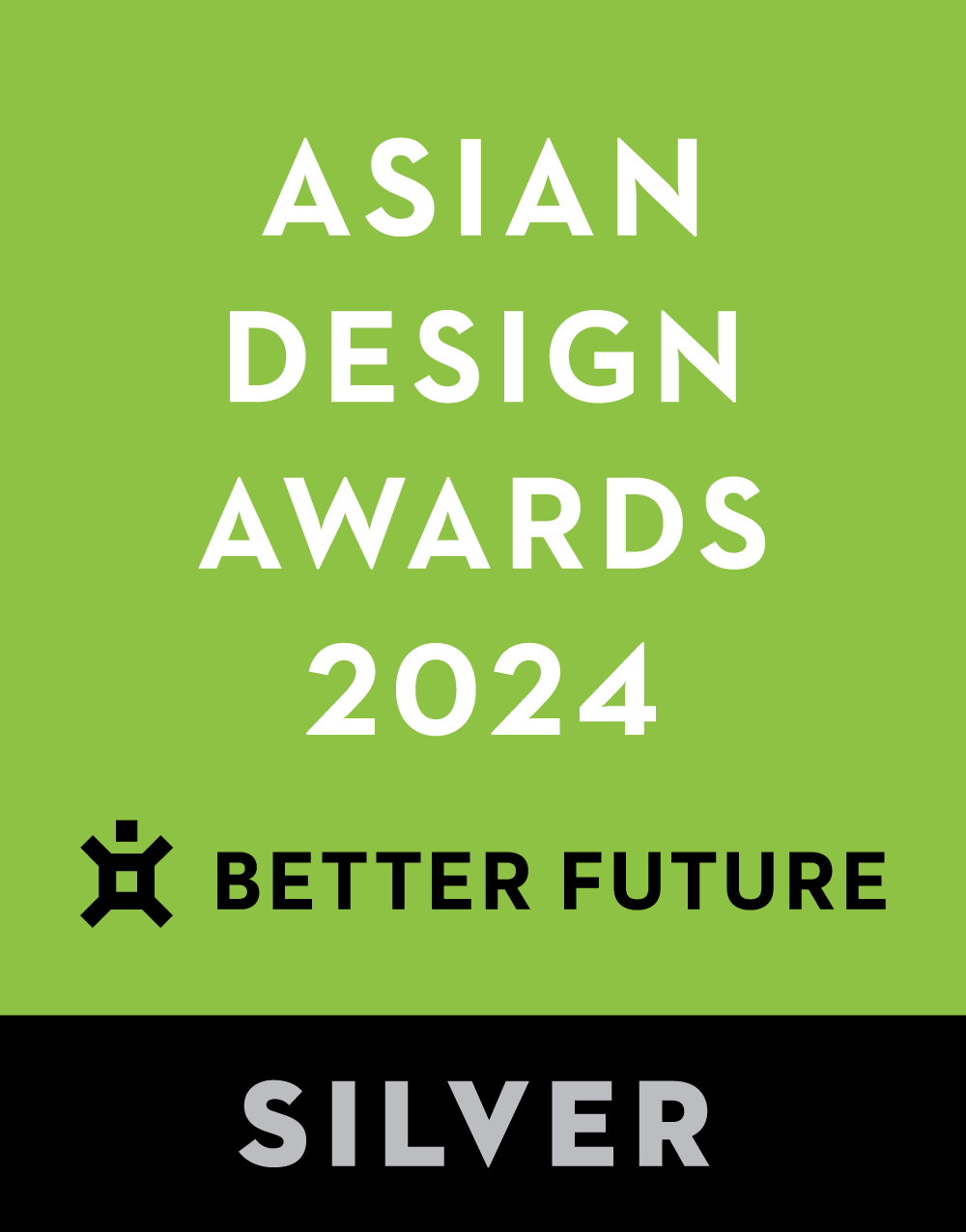










Project Overview
With the increase in university student numbers following the implementation of the new academic structure by The University Grants Committee (UGC) in 2012/13 academic year, the current shortage of student accommodation becomes even more of an urgent issue.
This Project aims to achieve the following objectives:
1. Provide additional 1,680 spaces to alleviate the current demand over supply situation.
2. Encourage hall-based beyond classroom learning where through various hall activities, students can learn from interacting with each other and develop independence for holistic personal development.
3. Broaden students’ horizons by increasing the supply of student accommodation to attract non-local students, contributing to a more international higher education sector in line with the government’s vision of developing Hong Kong into a regional education hub.
Situated on a sloped site with an about 28m level difference, the design comprising of a podium and 4 residential building (5 Halls) is inspired by stepped rice paddy field that is prevalent along the hillsides of rural Asia. A series of stepped terraces and courtyards are seamlessly integrated into the existing landscape. The design concept of paddy field for growing crops mirrors the nurturing essence, dedication, devotion and cultivation essential for learning and education.
Project Commissioner
The Hong Kong Polytechnic University
Project Creator
Team
Client: The Hong Kong Polytechnic University - Campus Development Office
Architect: P&T Architects Limited
Structural Engineer: P&T Engineer Limited
M&E Consultant: P&T (M&E) Limited
Geotechnical Engineering Consultant: Fugro (Hong Kong) Limited
Landscape Consultant: Earthasia Limited
Quantity Surveyor Consultant: Rider Levett Bucknall Limited
Project Brief
To tackle the urgent shortage of student accommodation, the project is to provide an additional 1,680 bed spaces to meet the growing demand.
The project will include the provision of supporting amenities including communal, social, recreational and dining facilities that would encourage and foster hall-based and beyond-classroom learning.
Sustainability is to be a key focus, with careful consideration to site aspects - such as views, sun path and ventilation, alongside energy efficiency of the building services systems and responsibly sourced construction materials, the highest BEAM+ rating: Platinum is to be achieved.
The design aims to create engaging, intimate, unique internal and external spaces that encourage social interaction, enhancing and cultivating a warm and welcoming campus ambience.
Project Innovation/Need
To be an environmentally and socially responsible development, the project has adopted the use of Modular Integrated Design (MiC) with more than 90% of the residential rooms in the project is constructed by MiC. Adaption of MiC provides a safer construction environment for workers, better quality products and a significant reduction in construction waste, pollution and disturbances to the neighbouring residents.
Additionally, the development features extensive landscaped courtyards and vertical greenery, creating a green, pleasant and vibrant environment that encourages social interaction and enjoyment amongst the hostel residents.
The project also provides a testbed for several academic researchers in the university for implementing innovative environmentally sustainable building products, IoT devices and advanced technology in MiC progress and quality monitoring. The collaborations enable continuous improvement of the research products and technologies, benefiting the construction industry as a whole.
Design Challenge
The project faces 2 major design challenges. The first is the site’s steep slopes with approximate 28m level difference, making connection between buildings and provision of a vehicular access technically challenging and requires extensive site formation works to overcome the steep slopes. To address this challenge, a circular vehicular ramp is introduced to provide a practical access to the development and effectively reduces the amount of site formation required. An elevated landscape deck with gardens is provided with large areas of usable recreation space both internally and externally connecting all 5 Halls. This circulation deck encourages social interaction and creates a cohesive composition.
The second challenge is the site’s proximity to neighbouring private residential buildings on three sides and a highway on the fourth posing traffic noise concerns. Therefore, an appropriate building form, orientation and viewing direction is needed to mitigate impact on existing views and privacy of the neighbouring residents. In response, the design concept is of a stepped rice paddy field that respects the existing landscape with the 5 Halls in a fan-shape configuration with view corridors reducing view impacts as well as maximizing natural sunlight and ventilation. MiC is used to reduce construction nuisance to the neighbourhood.
Sustainability
In alignment with the University’s goal of achieving carbon neutrality, sustainable design features have been incorporated into the building to enhance energy efficiency and to promote the health and well-being of its occupants. This includes the adaptation of building energy management system, energy-saving devices and careful considerations on aspects such as daylight, ventilation, indoor and outdoor comfort, placement of landscaped space and the use of sustainable materials.
Aligned with the UN Sustainable Development Goals (SDGs) 11 (Sustainable Cities and Communities) and 12 (Responsible Consumption and Production), we have implemented Modular Integrated Construction (MIC) to minimize material waste. In our effort to reduce the carbon footprint, the manufacturing work was conducted in Zhaoqing, People’s Republic of China, approximately 190 km from site. MiC modules are all assembled there and then delivered to site for just-in-time installation.
The design provides the foundation for achieving BEAM Plus Platinum rating, meeting the latest environmental standards of the construction industry and reinforcing our commitment to responsible energy consumption and building a sustainable campus.
Architecture - Institutional - Proposed
This award celebrates the design process and product of planning, designing and constructing form, space and ambience that reflect functional, technical, social, and aesthetic considerations. Consideration given for material selection, technology, light and shadow. The project can be a concept, tender or personal project, i.e. proposed space.
More Details

